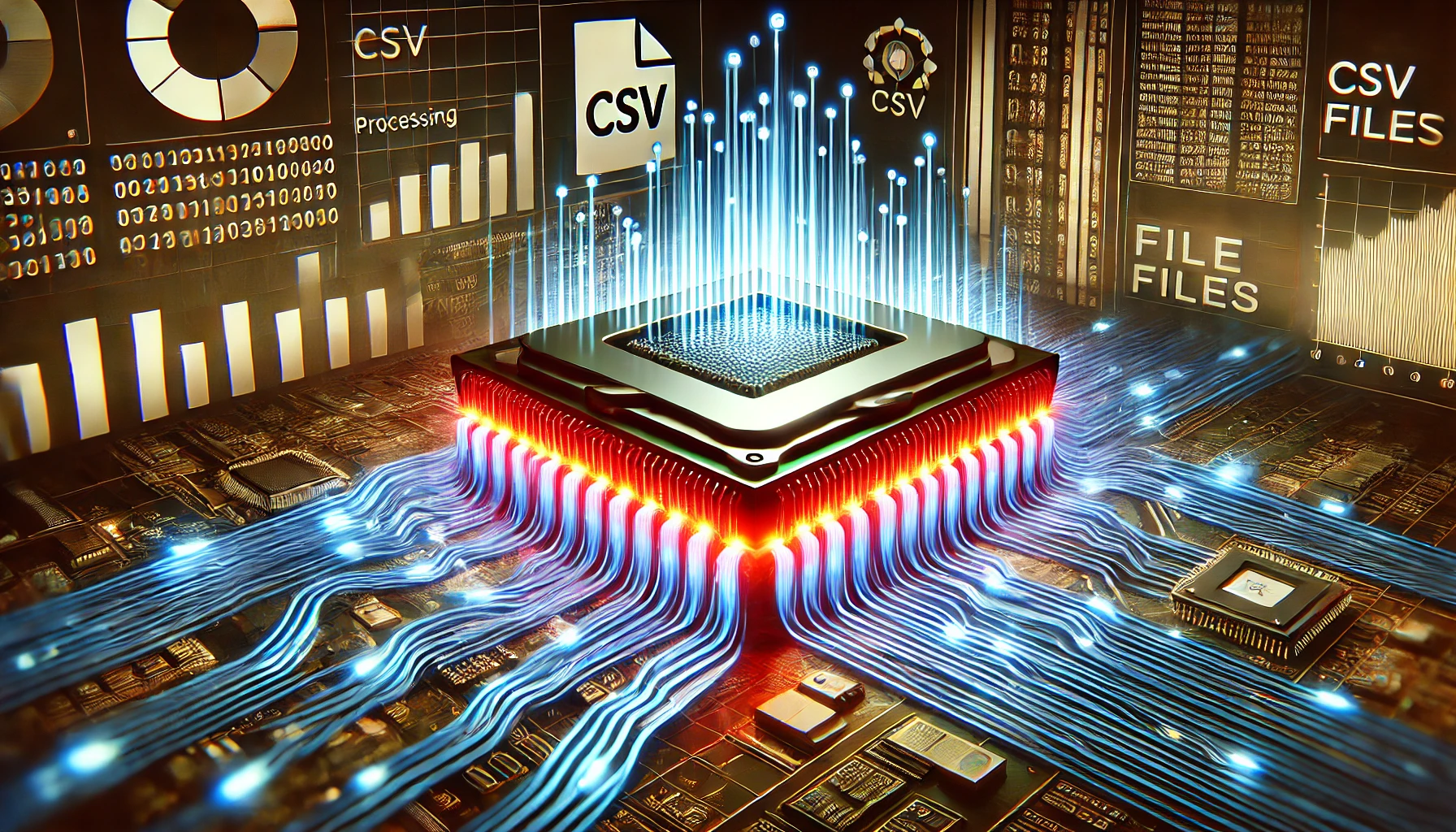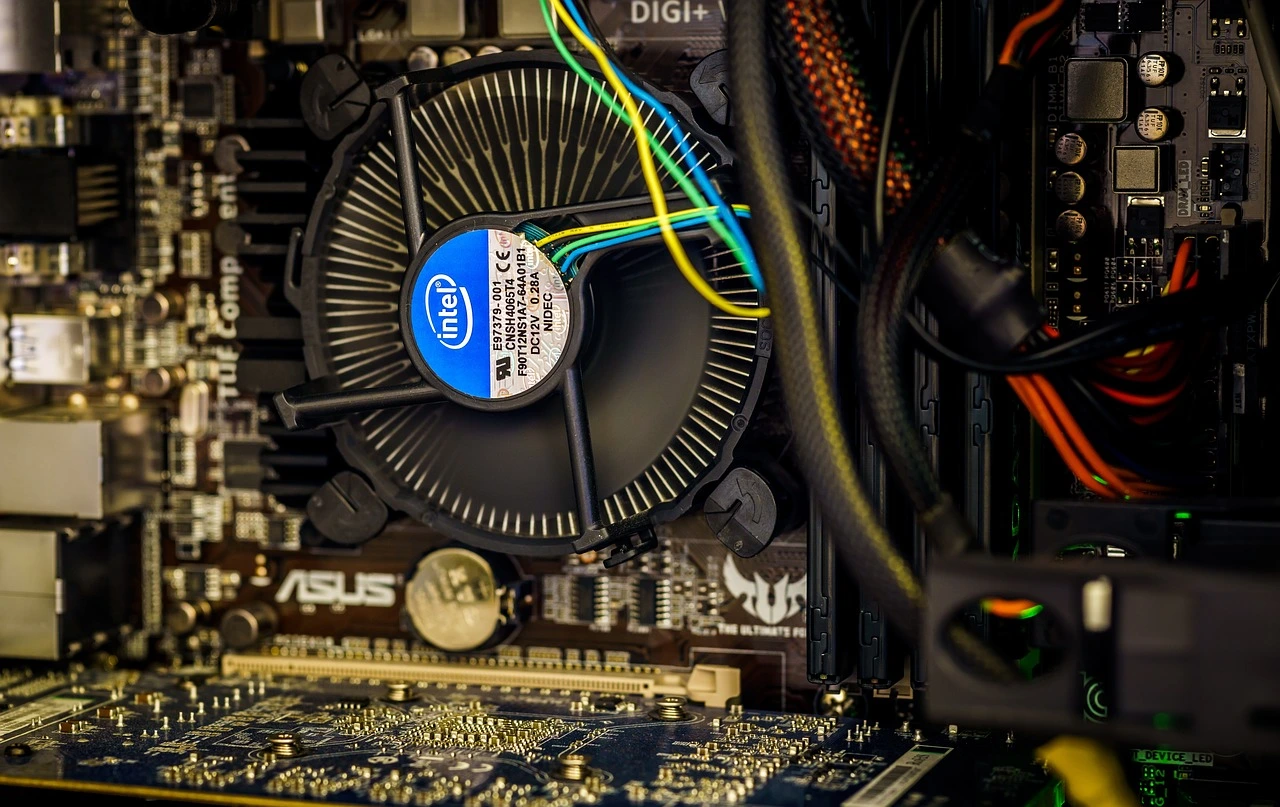Introduction
With the rise of virtualization technology, utilizing a virtual CPU on a real CPU has become a game-changer for businesses and tech enthusiasts. Whether you’re running multiple operating systems, testing software, or optimizing system resources, virtual CPUs can significantly enhance your computing experience.In this guide, we’ll cover everything you need to know about How to Use Virtual CPU on Real CPU including its working, benefits, setup process, and common troubleshooting tips.
What is a Virtual CPU & How Does It Work?
A virtual CPU (vCPU) is a software-based processor that runs on a real CPU. It acts like a separate processing unit but is actually a shared portion of a physical CPU’s power. Virtualization technology allows multiple vCPUs to be allocated within a system, enabling efficient resource management.
Virtual CPUs are essential in cloud computing, virtual machines, and enterprise servers, where multiple workloads must run simultaneously without interfering with each other.
Types of Virtual CPUs & Their Applications
- Single vCPU – Used in lightweight applications and testing environments.
- Multi-vCPU – Common in cloud servers and high-performance computing tasks.
- Hyper-Threaded vCPU – Used in Intel processors for better multitasking.
- Dedicated vCPU – Allocated exclusively to a single virtual machine.
Common Uses of vCPUs
- Running multiple operating systems (Windows, Linux, macOS)
- Cloud computing and virtual servers
- Application development and testing
- Cybersecurity and penetration testing environments
Virtual CPUs vs Physical CPUs: Key Differences
| Feature | Virtual CPU | Physical CPU |
| Hardware Dependency | Software-based | Hardware-based |
| Performance | Depends on allocation | Full power usage |
| Scalability | Highly scalable | Limited scalability |
| Resource Sharing | Shared among VMs | Dedicated per system |
| Cost | Lower infrastructure cost | Expensive to upgrade |
Benefits of Using Virtual CPU on Real CPU
- Optimized Resource Utilization – Virtualization ensures maximum usage of CPU cores, reducing idle time.
- Cost-Effective Scaling – Ideal for businesses needing more computing power without investing in new hardware.
- Increased Security – Isolates applications, reducing security risks.
- Flexibility & Efficiency – Enables multiple OS and applications to run simultaneously.
- Disaster Recovery & Backup – Easily backup and restore VMs.
How to Use Virtual CPU on Real CPU: Step-by-Step Guide
1. Enable Virtualization in BIOS
- Restart your PC and enter BIOS (Press F2, F10, Esc, or Del during boot).
- Navigate to Advanced Settings > CPU Configuration.
- Find Intel VT-x (Intel) or AMD-V (AMD) and enable it.
- Save changes and reboot.
2. Install a Virtual Machine Software
- Popular options include:
- VMware Workstation
- Oracle VirtualBox
- Microsoft Hyper-V (for Windows Pro users)
- Download and install your preferred software.
3. Allocate Virtual CPU in VM Settings
- Open your VM software and create a new virtual machine.
- Choose the number of virtual CPUs to allocate.
- Recommended allocation:
- Basic tasks: 1 vCPU
- Gaming/Video Editing: 2-4 vCPUs
- Server Environments: 4-8 vCPUs
4. Optimize Virtual CPU Performance
- Increase RAM allocation for better speed.
- Use SSD storage to reduce processing bottlenecks.
- Enable hardware acceleration if available.
- Regularly update the VM software for security patches.
Common Misconceptions About Virtual CPUs
- “Virtual CPUs Are Faster Than Physical CPUs” – Not true; vCPUs depend on the real CPU’s performance.
- “More vCPUs = Better Performance” – Not always; excessive allocation can slow down the system.
- “Any Computer Can Use Virtual CPUs” – Requires virtualization-enabled hardware.
Troubleshooting Virtual CPU Performance Issues
1. Virtual CPU Running Slow
- Reduce vCPU allocation if overloading the system.
- Close unnecessary background applications.
2. High CPU Usage in Virtual Machine
- Check resource allocation in Task Manager.
- Disable unnecessary VM services.
3. Virtualization Option Missing in BIOS
- Update BIOS firmware.
- Ensure your CPU supports Intel VT-x or AMD-V.
Conclusion
Using a virtual CPU on a real CPU is an excellent way to optimize resources, improve efficiency, and enhance multitasking. By following the steps above, you can easily set up, allocate, and manage vCPUs for various applications.
By ensuring proper setup, monitoring performance, and troubleshooting common issues, you can fully utilize virtual CPUs to enhance your computing power without investing in additional hardware.





One thought on “How to Use Virtual CPU on Real CPU”